Stunning Companion Plants For Dogwood Trees
Dogwood trees are a beautiful addition to any landscape, but they can really shine when paired with the right companion plants. The right companions can help to highlight the dogwood tree's beauty, extend its blooming season, and attract pollinators.
When choosing companion plants for dogwood trees, it is important to consider the dogwood tree's needs in terms of sunlight, soil, and moisture. Dogwood trees typically need full sun to partial shade and well-drained soil. They are also relatively drought tolerant.
With these factors in mind, here are some stunning companion plants for dogwood trees:
- Astilbe: Astilbe is a shade-loving perennial that blooms in late spring to early summer. The flowers come in a variety of colors, including white, pink, purple, and red. Astilbe is a great companion plant for dogwood trees because it adds height and interest to the understory.

- Coral bells: Coral bells are another shade-loving perennial that blooms in late spring to early summer. The flowers come in a variety of colors, including red, pink, orange, and yellow. Coral bells are a great companion plant for dogwood trees because they have similar growing conditions and their colors complement each other well.
- Hosta: Hostas are shade-loving perennials that bloom in late spring to early summer. The flowers are insignificant, but the leaves are the real show-stopper. Hostas come in a wide variety of leaf shapes and colors, from green to blue to variegated. Hostas are a great companion plant for dogwood trees because they add interest to the understory and help to suppress weeds.

- Daylily: Daylilies are sun-loving perennials that bloom in late spring to early summer. The flowers come in a wide variety of colors, including yellow, orange, red, pink, and white. Daylilies are a great companion plant for dogwood trees because they add height and color to the landscape.
- Virginia bluebells: Virginia bluebells are spring-blooming bulbs that are native to North America. The flowers are a beautiful blue color and they bloom in clusters. Virginia bluebells are a great companion plant for dogwood trees because they add a touch of native beauty to the landscape.
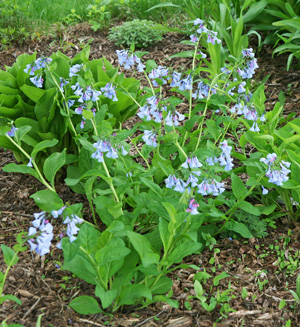
- Dutchman's pipe: Dutchman's pipe is a vine that blooms in late summer to early fall. The flowers are a deep purple color and they have a unique, pipe-shaped structure. Dutchman's pipe is a great companion plant for dogwood trees because it adds height and interest to the landscape.
- Blue star juniper: Blue star juniper is a groundcover shrub that is native to North America. The foliage is a blue-green color and it has a star-shaped shape. Blue star juniper is a great companion plant for dogwood trees because it adds contrast to the dogwood tree's white or pink flowers.
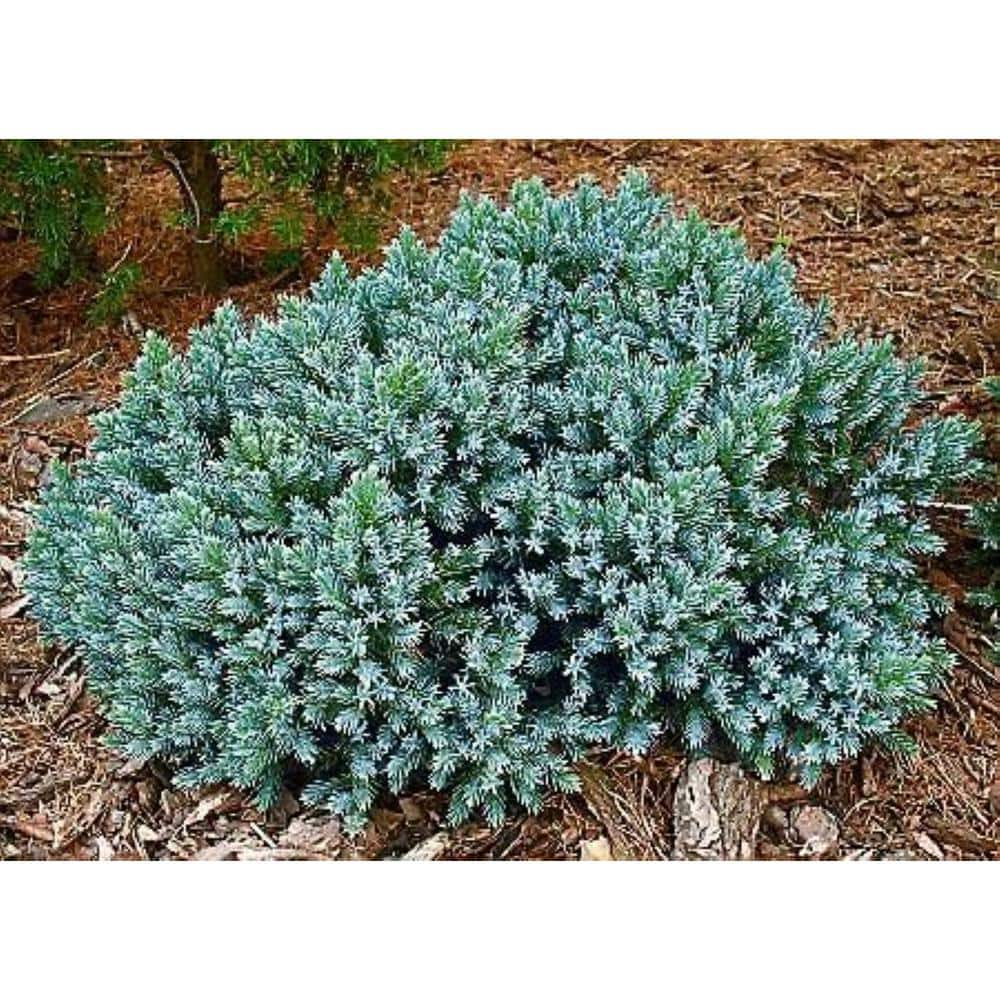
- Red twig dogwood: Red twig dogwood is a deciduous shrub that is native to North America. The stems are a bright red color in the winter and they provide a striking contrast to the snow. Red twig dogwood is a great companion plant for dogwood trees because it adds interest to the landscape throughout the year.
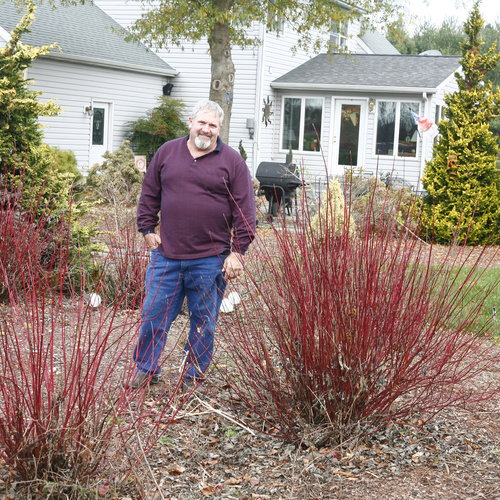
These are just a few of the many stunning companion plants that can be paired with dogwood trees. When choosing companion plants, it is important to consider the dogwood tree's needs and the desired effect. With a little planning, you can create a stunning landscape that features dogwood trees and their beautiful companions.
Dogwood trees are a beautiful addition to any landscape, but they can really stand out when surrounded by the right companion plants. Some of the best companion plants for dogwood trees include:
- Astilbe: These spring-blooming perennials add a touch of elegance to any garden. They come in a variety of colors, including white, pink, and purple. Gardenia Inspiration
- Cranesbill geranium: These hardy perennials bloom in shades of pink, red, and white. They are deer-resistant and drought-tolerant, making them a great choice for low-maintenance gardens. Gardenia Inspiration
- Hosta: These shade-loving perennials come in a wide variety of colors and sizes. They are a great way to add interest and depth to a dogwood planting. Gardenia Inspiration
- Ferns: Ferns are a classic choice for shady gardens. They add a touch of elegance and can help to create a lush, woodland atmosphere. Gardenia Inspiration
- Hydrangea: Hydrangeas are another popular choice for companion plants for dogwood trees. They come in a variety of colors and sizes, and they can add a touch of drama to any garden. Gardenia Inspiration
If you are looking for more information about companion plants for dogwood trees, I recommend visiting Gardenia Inspiration. This website has a wealth of information on a variety of gardening topics, including companion planting. You can also find plant profiles, garden tips, and a forum where you can ask questions and get advice from other gardeners.
FAQ of companion plants for dogwood trees
Q: What are some good companion plants for dogwood trees?
A: Dogwood trees are shade-loving plants, so it's important to choose companion plants that will thrive in similar conditions. Some good options include:
- Azaleas: These flowering shrubs come in a variety of colors and bloom at the same time as dogwood trees.
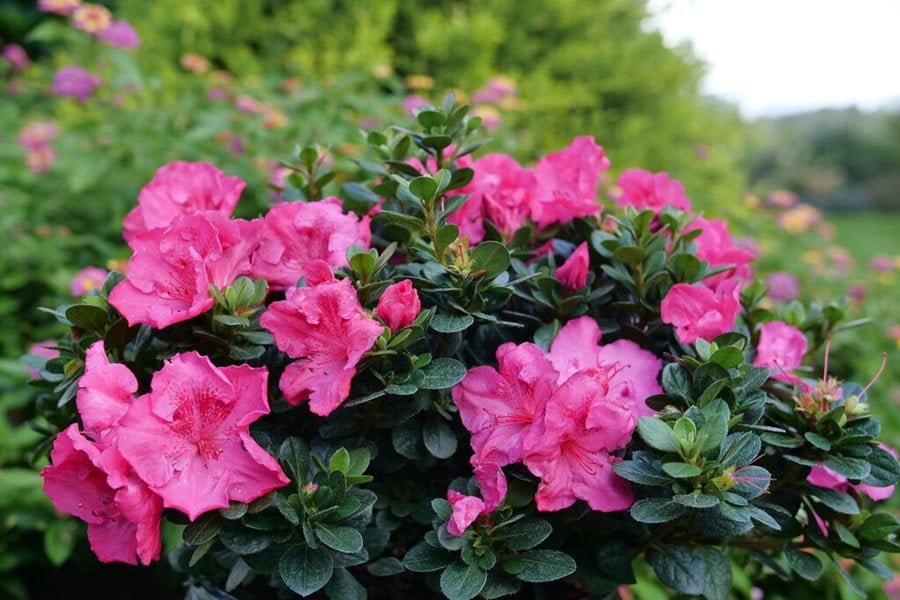
- Ferns: Ferns are a classic choice for shady areas and can add a touch of elegance to your landscape.
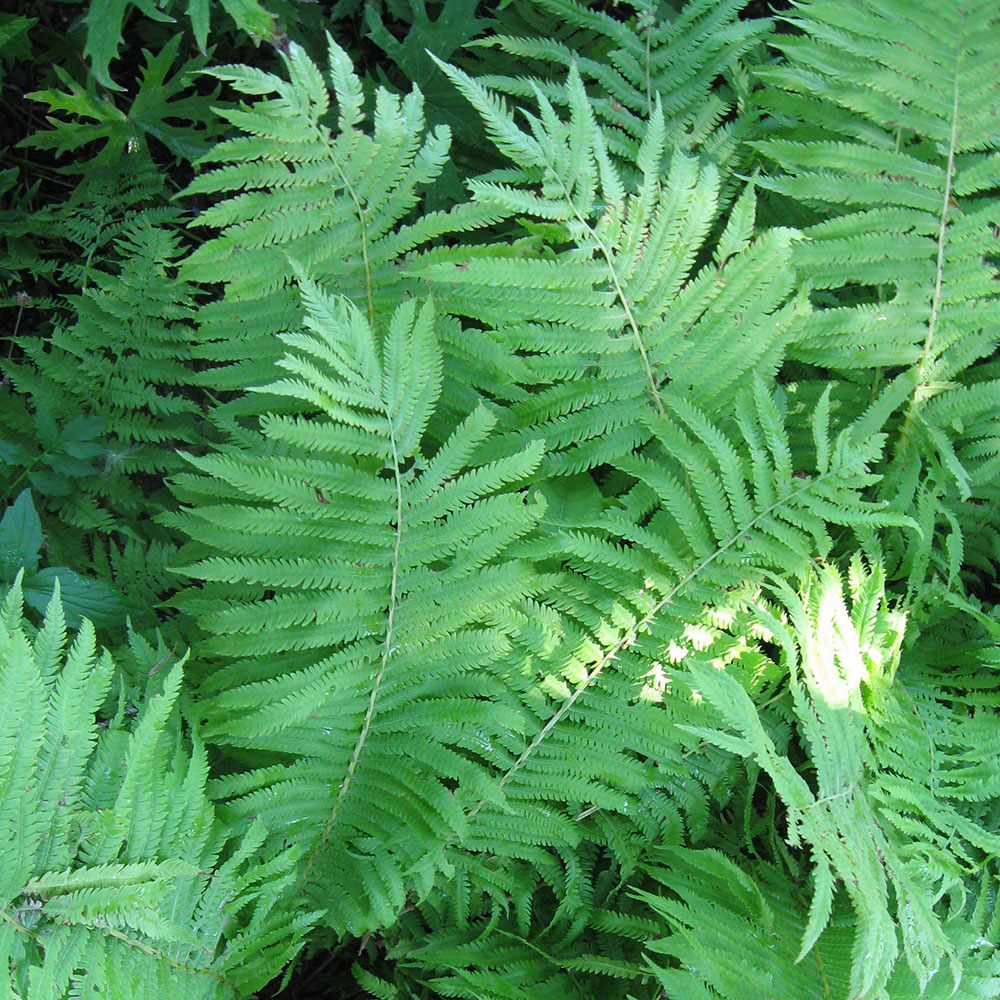
- Hostas: These shade-tolerant perennials come in a wide range of colors and leaf shapes.
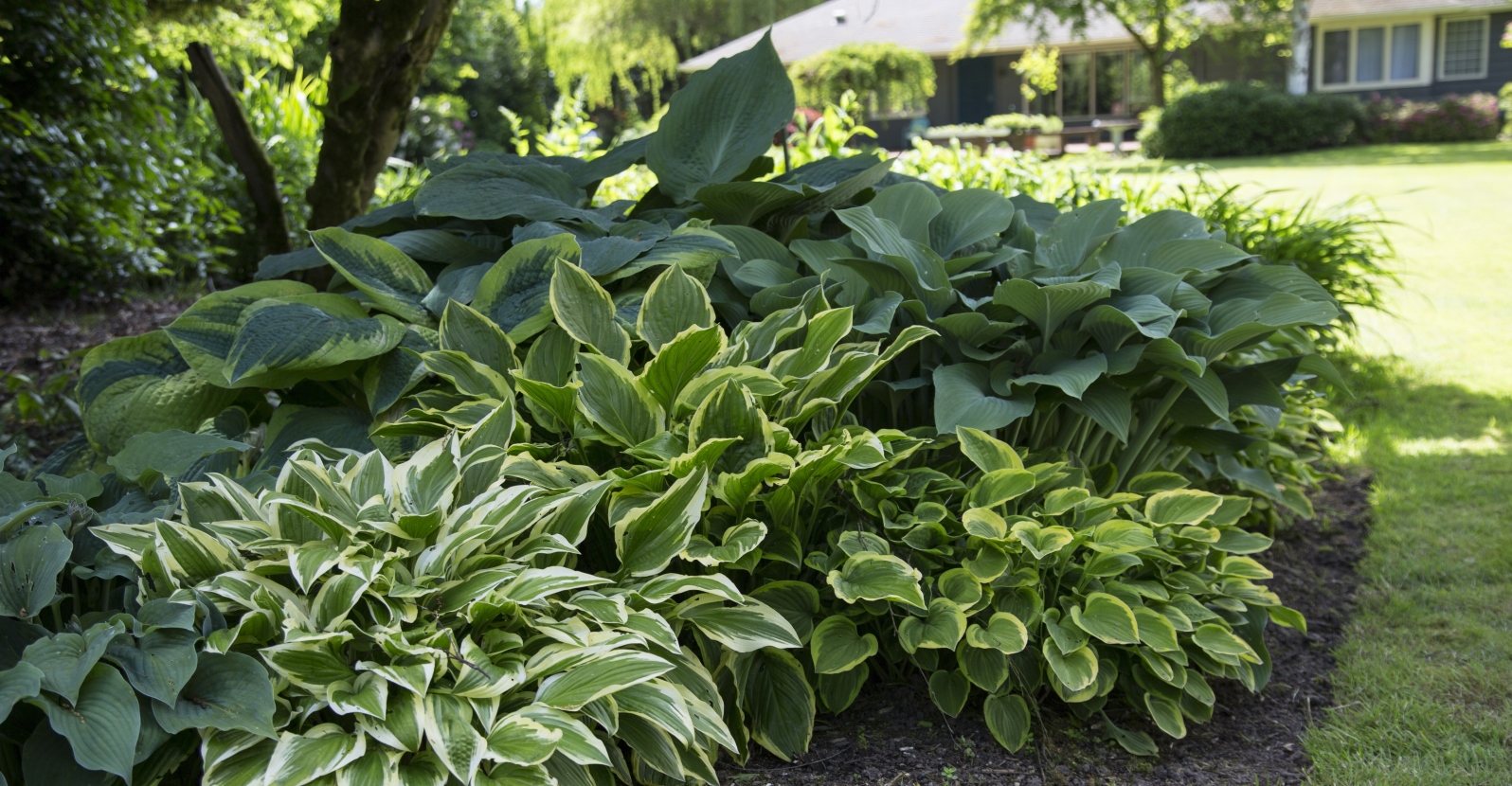
- Hydrangeas: Hydrangeas are another popular choice for shady areas. They come in a variety of colors and sizes, so you can find one that's perfect for your yard.
- Viburnums: These shrubs are known for their showy flowers and berries. They can add a splash of color to your landscape in the spring and summer.
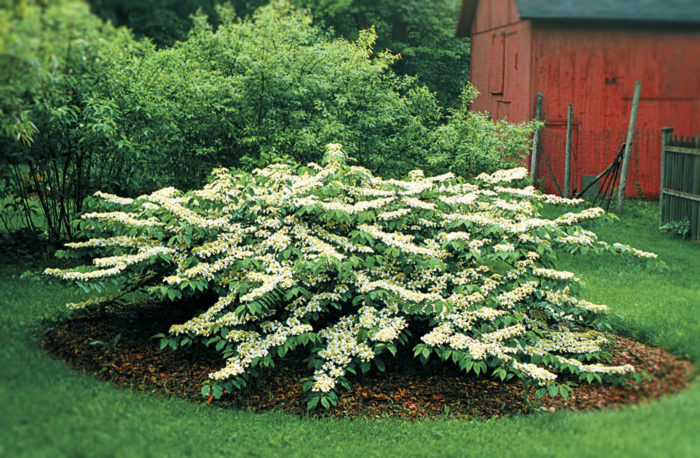
Q: What should I consider when choosing companion plants for my dogwood tree?
A: There are a few things to keep in mind when choosing companion plants for your dogwood tree, including:
- Sunlight: Dogwood trees need partial to full shade, so make sure to choose companion plants that have similar sunlight requirements.
- Soil type: Dogwood trees prefer moist, well-drained soil. Choose companion plants that have similar soil requirements.
- Growth habit: Dogwood trees can grow up to 30 feet tall, so make sure to choose companion plants that won't outgrow it.
- Color: If you want your companion plants to complement the flowers of your dogwood tree, choose plants with similar colors.
Q: What are some of the benefits of planting companion plants with dogwood trees?
A: There are several benefits to planting companion plants with dogwood trees, including:
- Attracting pollinators: Companion plants can attract pollinators, such as bees and butterflies, which will help to pollinate your dogwood tree.
- Providing shade: Companion plants can provide shade for your dogwood tree, which can help to protect it from the hot sun.
- Improving soil quality: Companion plants can improve the soil quality around your dogwood tree, which can help it to grow healthier and stronger.
- Disguising the trunk: If your dogwood tree has an unsightly trunk, companion plants can help to disguise it.
- Adding interest to your landscape: Companion plants can add interest and color to your landscape, and they can help to create a more cohesive look.
Q: When should I plant companion plants with my dogwood tree?
A: The best time to plant companion plants with your dogwood tree is in the spring or fall, when the weather is mild and the ground is not frozen.
Q: How far apart should I plant companion plants with my dogwood tree?
The distance at which you plant companion plants with your dogwood tree will depend on the size of the plants. In general, you should plant companion plants at least 3 feet away from your dogwood tree.
Image of companion plants for dogwood trees
- Azalea: Azaleas are a popular choice for companion plants for dogwood trees because they have similar light and soil requirements. They also bloom at the same time as dogwood trees, creating a beautiful display of color in the spring.
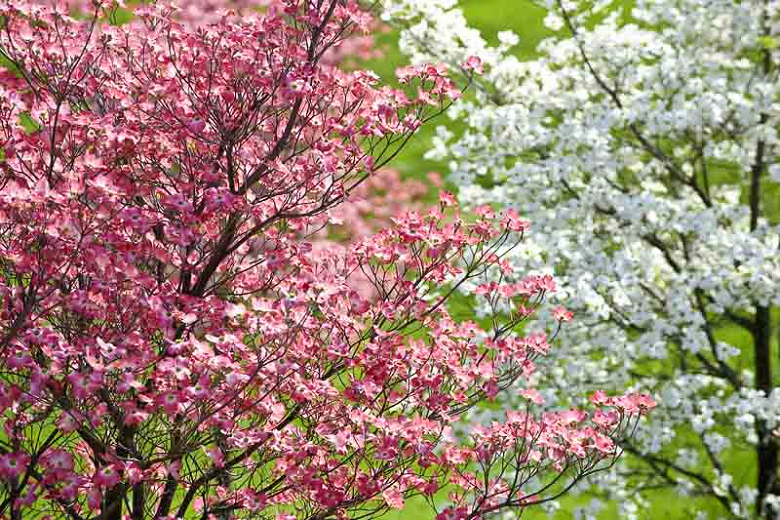
- Hosta: Hostas are another good choice for companion plants for dogwood trees. They are shade-tolerant and have large, colorful leaves that provide interest throughout the growing season.

- Lily of the valley: Lily of the valley is a delicate and fragrant plant that blooms in early spring. It is a good choice for companion plants for dogwood trees because it does not require a lot of sunlight.

- Periwinkle: Periwinkle is a groundcover plant that is tolerant of shade and moist soil. It blooms in the spring with blue or white flowers.
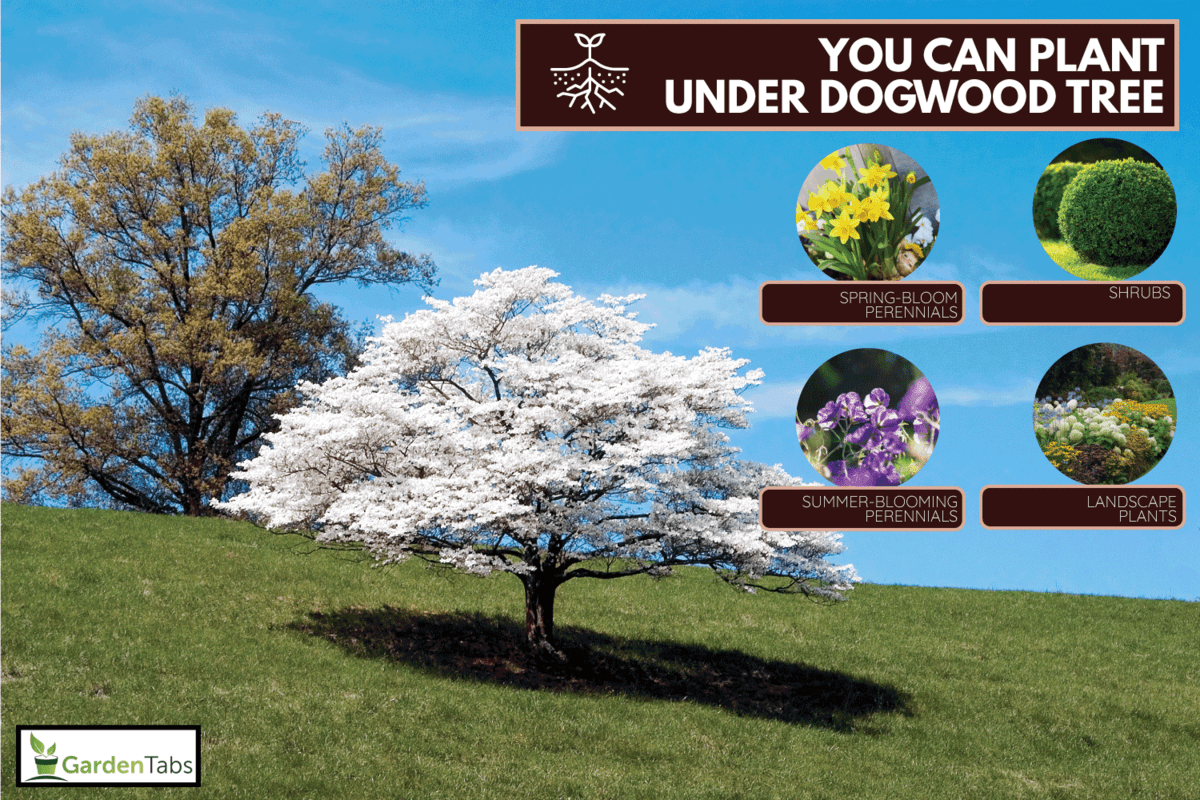
- Virginia bluebells: Virginia bluebells are a native wildflower that blooms in the spring with blue flowers. They are a good choice for companion plants for dogwood trees because they prefer similar growing conditions.
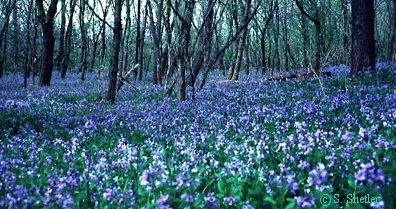
Post a Comment for " Stunning Companion Plants For Dogwood Trees"